Picea pungens or blue spruce care
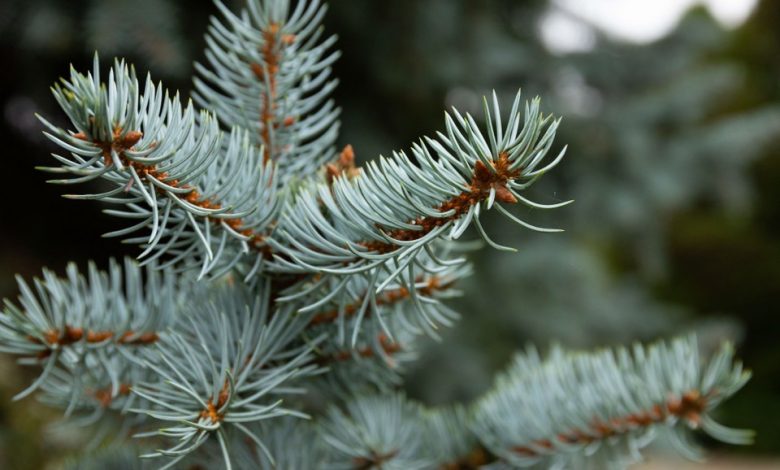
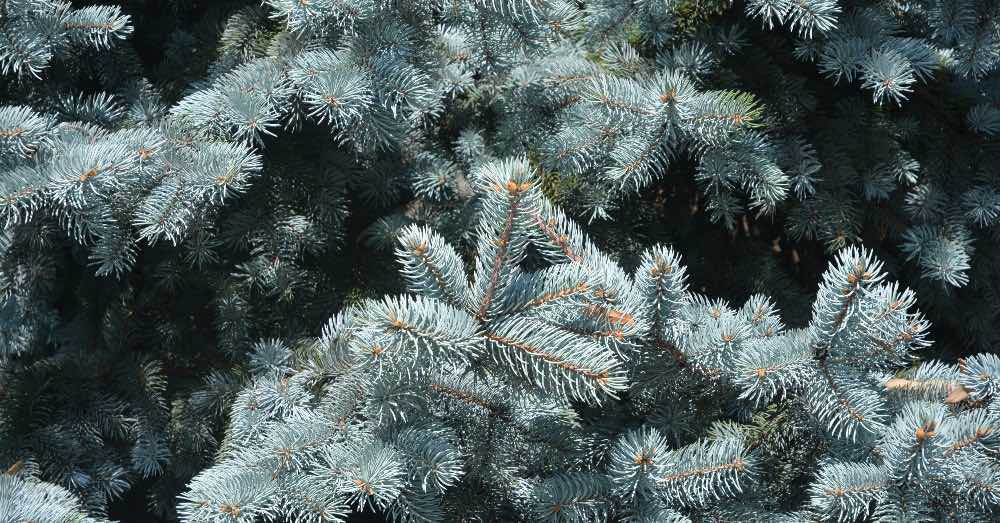
It is one of the most beautiful conifers that exist. The Picea pungens or blue spruce is one of the favorite trees for garden lovers but also one of the most common choices when we consider how to choose a Christmas tree. Falling in love with him is perfectly logical. It is not only majestic because of its pyramidal shape. It is also extremely beautiful, thanks to its unique silver-blue leaves. A tone that stands out on its bark, a purple-gray tone.
As with Picea glauca, blue spruce has unique ornamental value. For this reason, it is common to find it in parks and gardens, always in isolation. The reason is simple: despite being slow growing, it can reach dimensions of more than 30 meters in height and up to six meters at the base. A compelling reason to find a good location where its growth cannot be hindered by surrounding outdoor plants.
Due to its beauty and uniqueness, let’s take a closer look at how to grow Picea pungens. An extremely resistant fir tree that, with proper care, can accompany us for many years.
KEYS TO CULTIVATION OF PICEA PUNGENS
Let’s start by knowing the origin of the blue spruce to understand, to a large extent, its incredible ability to survive in the face of extreme temperatures. Picea pungens is native to the rocky mountains of the United States: an area where winters are harsh, with significant drops in the thermometer. Thanks to this provenance, the blue spruce supports up to 20 degrees below zero. A theme, that of the cold, that not only we will not have to worry about but that, in addition, can benefit our tree: thanks to the degrees of less, its tonalities become more intense.
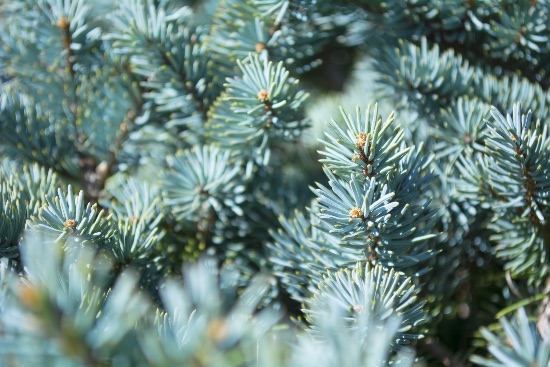
However, and for this same detail, it must be considered that excess heat does not suit you excessively. Something that we must consider if we want to plant it outdoors, and we live in a warm climate.
In addition to this, let’s see what care the blue spruce needs to thrive and grow slowly but surely.
1. The soil, a fundamental detail for your good health
The versatility of Picea pungens means that it can survive in poor soils. You read that right: survive. And it is that for our blue spruce to grow and prosper it needs a fertile, fresh soil rich in organic matter.
And not only that: to ensure its well-being, it is essential to create good drainage. Despite its rusticity, Picea pungens does not tolerate excess water in its roots. If they are subjected to it, they will rot, ruining our tree.
2. The right location, a must for growing blue spruce
We already know that you have no problem with the cold, but the same does not happen with the heat. Although it can resist up to 30 degrees, these temperatures do not benefit it at all. Therefore, the ideal is to plant it in a shaded location if we live in a hot climate and in semi-shade if it is temperate. In cold climates, it can be in full sun without problem.
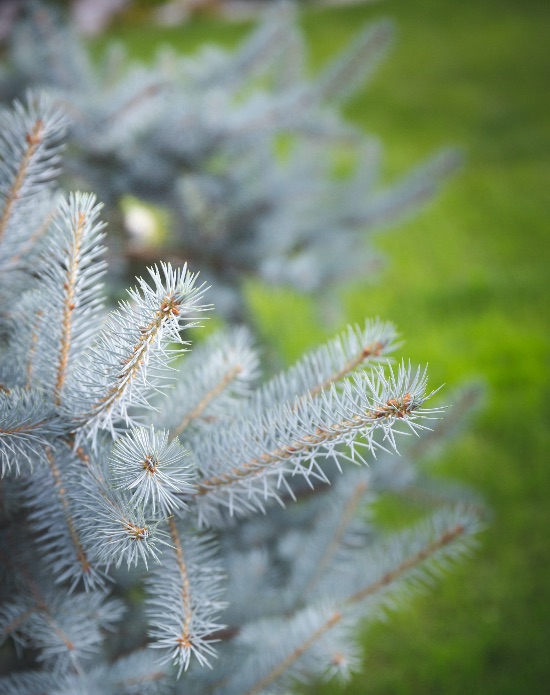
In addition to this, it is essential to plant our Picea pungens away from any structure, wall or construction. To achieve its upright growth, this conifer creates a strong, root system that can compromise the surrounding area as it develops.
3. Irrigation, the care of the most demanding Picea Pungens
It is enough to know the care of conifers to get an idea in this regard. The blue spruce needs a soil with constant moisture, so even having it planted in the garden we will have to check if it has what it needs. Normally, in the winter months it is not necessary to water it thanks to dew and rain. However, in the hot months it is more than likely that we will have to take care of your hydration pattern. What’s more: it is advisable to moisten its leaves, at sunset, to help them withstand the heat.
And no: if our approach is to have plants resistant to drought, it is essential to rule out Picea pungens. He does not tolerate it, even if it is brief.
4. The subscriber, key to its development
As we said, Picea pungens has a slow growth. However, due to its high demand for nutrients, it is essential to apply a monthly pattern of organic fertilizer during the spring and summer months.
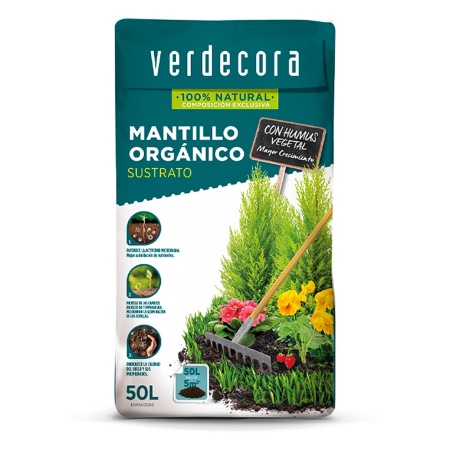
For this natural fertilizer to do its job, we will have to apply a generous layer around the base of the tree and mix it with the soil. To ensure that the roots absorb the nutrients, it is essential to finish with deep irrigation.
5. Pruning, a minor care of this Picea
Unless our blue spruce has a broken or diseased branch, we can forget about pruning altogether. It does not need it and it can even hinder its growth. For this reason, and except in specific cases that require us to clean up the tree, it will not be necessary.
And ready! Our precious fir will not need more to grow, at its own pace, and beautify our garden. And we will only have patience to see how it reaches that imposing size typical of it.

![Photo of Bordeaux Broth: [Origin, Characteristics, Uses, Preparation and Application]](https://www.complete-gardening.com/wp-content/uploads/2022/08/bordeaux-broth-origin-characteristics-uses-preparation-and-application-390x220.jpg)
![Photo of Almond Tree Care: [Irrigation, Sun Exposure, Pruning and Fertilizing]](https://www.complete-gardening.com/wp-content/uploads/2022/08/almond-tree-care-irrigation-sun-exposure-pruning-and-fertilizing-390x220.jpg)
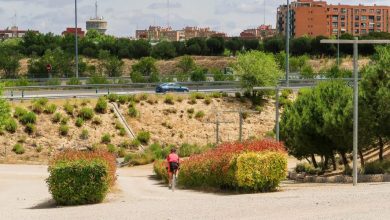
![Photo of Phosphorus in Plants: [Use, Lack, Excess, Advantages and Disadvantages]](https://www.complete-gardening.com/wp-content/uploads/2022/08/phosphorus-in-plants-use-lack-excess-advantages-and-disadvantages-390x220.png)